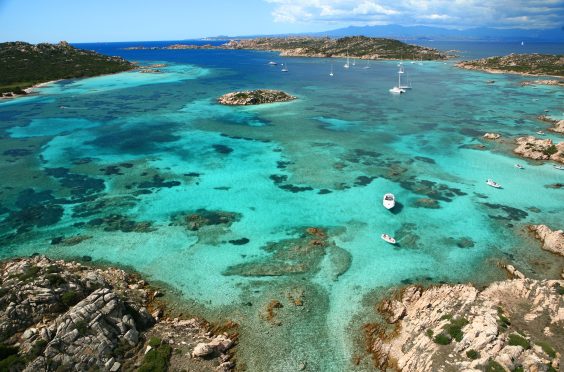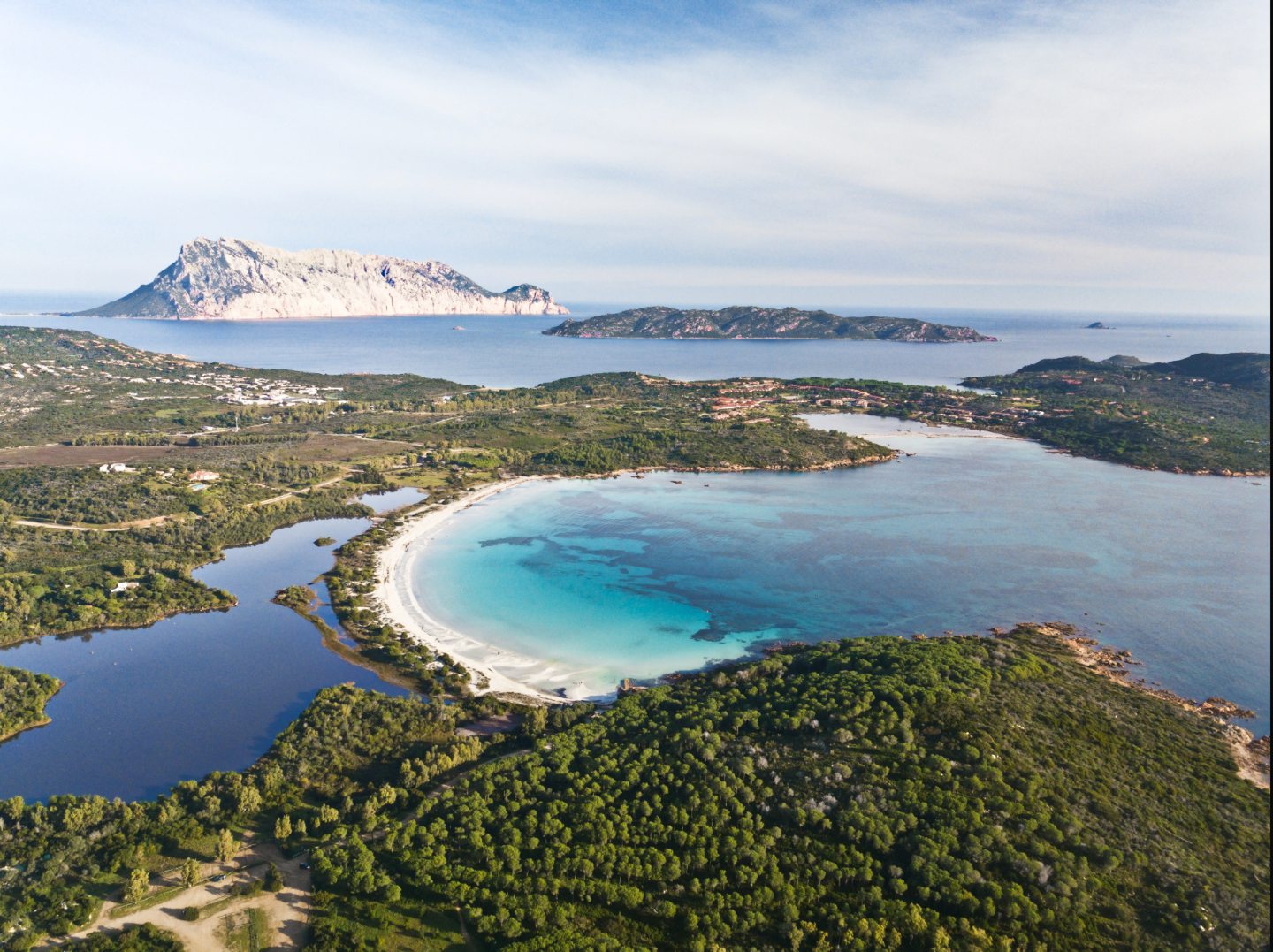
The famous scene in 1977 film The Spy Who Loved Me in which James Bond drives a Lotus Esprit out of the sea was filmed on Sardinia’s Spiaggia Capriccioli.
The cove beach is close to the northern tip of the island, along the Tyrrhenian Sea between Sardinia and the mainland.
With turquoise waters comparable to Tahiti and fine sandy beaches to rival the Seychelles, Sardinia is a mosaic of so many paradise places. Yet its identity remains hidden to most.
Cloaked in myths and legends, the island’s history far predates grand temples and citadels built by the Romans, while a thriving population of centenarians defy science with their diets of red wine and cheese.
Once the heat has subsided, the Mediterranean island is a late summer delight. And now Italy has scrapped a five-day quarantine for vaccinated UK arrivals, requiring only a negative PCR or antigen test taken no more than 48 hours in advance, the last drops of sunshine are within easy reach.
With more than 200 beaches to choose from, it’s hard to look beyond the sea. But inland there are mountains to hike, deep gorges to descend and villages so fiercely independent, they’ve evolved micro-cultures of customs, language and food.
Despite their differences, all share a common beauty; dazzling visitors with a trove of precious jewels.
Enigmatic and mysterious, Sardinia begs discovery. Here are a few of the island’s delights.
Ruby coral
Used to make jewellery, red coral has been prized for centuries and underpins the economy of Catalan town Alghero on the northwest coast.
Only 25 licences are granted each year to specialised deep sea divers, who use an axe to excavate no more than 2.5kg of the brittle branches.
During the late 1800s, hundreds of vessels arrived for the “red gold” rush, but now the only boats in Alghero’s harbour are tourist vessels ferrying visitors to marine caves such as Neptune’s Grotto, an underground lake decorated with spiky stalactites.
Sapphire waters
The water lapping Sardinia’s shores is reliably clear and clean, providing excellent conditions for swimming, snorkelling and diving. Among the finest beaches are Stintino’s La Pelosa on the west coast and 9km-long La Poetto in the south.
But one of the most scenic spots is undoubtedly the Maddalena archipelago, sitting between the Strait of Bonifacio and Corsica.
Take a boat trip to explore the protected pink sands of Budelli, coloured by tiny fragments of coral, and look out for wild boars swimming in pine-fringed bays.
Bronze age settlements
More than 7,000 conical watchtowers known as nuraghe have been unearthed across the island, built between the 18th and 15th Centuries BCE. Found nowhere else on earth, little is known about the megalithic stone buildings – although many are still remarkably well preserved.
The biggest settlement, awarded Unesco World Heritage status, can be found at Su Nuraxi di Barumini in the south. Walk between a geometric labyrinth of dry stone walls, ending up at a magnificent lookout tower.
Rose quartz feathers
A common fixture in exotic settings, flamingos can also be found feeding, flocking and flexing their spindly legs along Sardinia’s coast. See them in a lagoon behind La Cinta beach in San Teodoro, south of Olbia on the Costa Smeralda, where new hotel the Baglioni Resort Sardinia opened in July.
Alternatively, larger populations can be seen in the Macchiareddu salt pans and ponds outside Sardinia’s capital city Cagliari at dusk. Although viewable from the road, you’ll need to park and walk through the Park of Molentargius for a closer look.
The silver skies
Outside towns and cities, a lack of light pollution makes Sardinia an excellent place to study the night sky. An hour’s drive from Cagliari, the impressive Sardinia Radio Telescope is the largest of its kind in Italy – though tours are currently suspended due to Covid restrictions.
But you don’t need a scientific platform to view constellations. Not far from Alghero, in the northwest, the cliffs of Capo Caccia have become a popular look-out point for observing the Milky Way.

Enjoy the convenience of having The Sunday Post delivered as a digital ePaper straight to your smartphone, tablet or computer.
Subscribe for only £5.49 a month and enjoy all the benefits of the printed paper as a digital replica.
Subscribe © Shutterstock / salva.tours
© Shutterstock / salva.tours